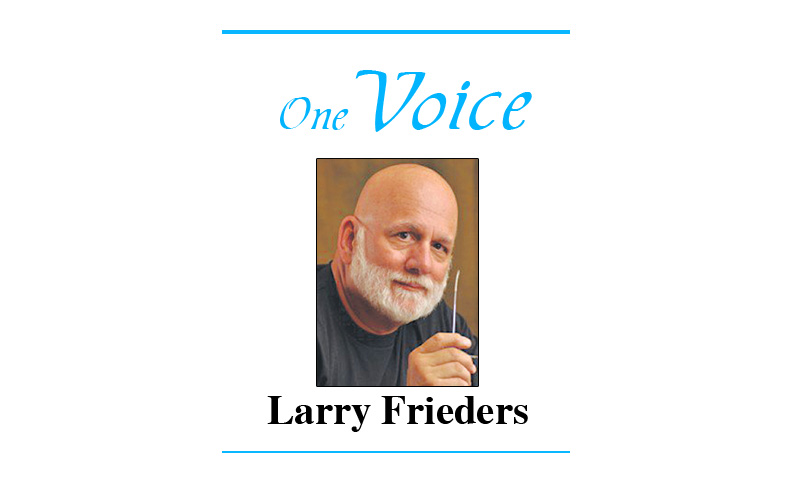
Aspirin is a common, non-prescription, drug. It was discovered in 1834 by a Swiss pharmacist. It gained popularity in the late 1890s in the form of acetylsalicylic acid. A chemist, Felix Hoffmann, at Bayer in Germany, used it to alleviate his father’s rheumatism. Beginning in 1899, Bayer distributed it to physicians to give to patients. It became available without a prescription in 1915
A pharmacy lecturer once commented that if aspirin were invented today it would not leave prescription status. It does so many things well, yet it has a side effect profile that rivals some of the more potent prescription drugs on the market. Here is an abbreviated list of side effects: Ringing in the ears, confusion, hallucinations, rapid breathing, seizure (convulsions); severe nausea, vomiting, or stomach pain; bloody or tarry stools, coughing up blood or vomit that looks like coffee grounds.
In the 1950s, someone suggested that my mother give me aspirin to help reduce the pain of a tooth abscess. I recall how Mom balked at the idea and said something such as, “I’m not giving drugs to my kid.” Of course, time softened her stance against aspirin.
Aspirin is categorized as a Non-Steroidal Anti-Inflammatory Drug (NSAID). Of course, it no longer has patent protection. Other NSAIDs have been introduced to the market; Ibuprofen (Motrin), naproxen (Aleve), and many others. They all have similar modes of action that involve blocking prostaglandins in the body. Prostaglandins are a family of hormone-like chemicals that are produced by the cells of the body and have several important functions. They promote inflammation that is necessary for healing but, results in pain, and fever; support the blood clotting function of platelets, and protect the lining of the stomach from the damaging effects of acid.
NSAID products are used to reduce fever and pain by blocking the hormone activity of the body. Except for some possible discomfort, the drugs are safe when used in small amounts for short periods of time. In recent years small doses have been prescribed for daily use with the intention of thinning the blood and possibly preventing future heart attacks and stroke. Although the doses seem small, the daily use over months and years can bring on some of the more serious side effects. Recent reports have strongly suggested not to use NSAIDs chronically because of damage they can cause to the heart, possibly causing heart attacks. Although there is scant information associating baby aspirins to heart attack, there is a general warning against using NSAIDs
FDA is aware of news reports stating the use of non-steroidal anti-inflammatory drugs (NSAIDs), such as ibuprofen, could worsen coronavirus disease (COVID-19). These news reports followed a March 11 letter in The Lancet medical journal, which hypothesized that an enzyme (a molecule that aids a biochemical reaction in the body) is increased by NSAIDs and could aggravate COVID-19 symptoms.
Technically, acetaminophen (Tylenol) is not classified as an NSAID. It’s classified as a miscellaneous analgesic for mild to moderate pain. In itself, however, it doesn’t make it safer than NSAIDs. Prolonged use and high doses can cause serious problems for the liver.
Our motto has long been, “Too many people take too many drugs.” Of course, too many can be interpreted in many ways. Basically, using any drug (prescription or otherwise) every day ought to be evaluated often, by the user and the prescribers. No drug is 100% safe all the time. This column is not an invitation to stop taking any prescribed drugs, but it is a wise patient who discusses the topic with the prescriber, not the pharmacist, a neighbor, or a friend who knows about drugs. Trust your doctor and insist that your drugs are effective and safe for you.
Larry Frieders is a pharmacist in Aurora who had a book published, The Undruggist: Book One, A Tale of Modern Apothecary and Wellness. He can be reached at thecompounder.com/ask-larry or www.facebook.com/thecompounder.

